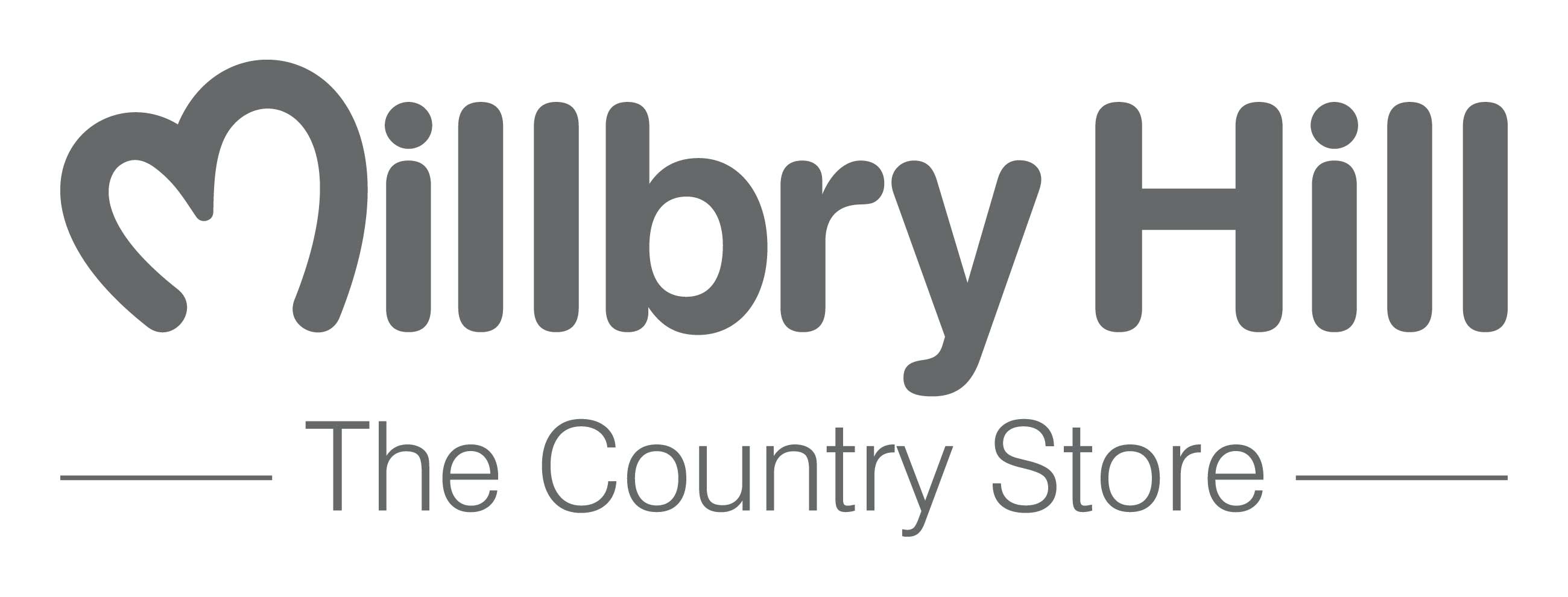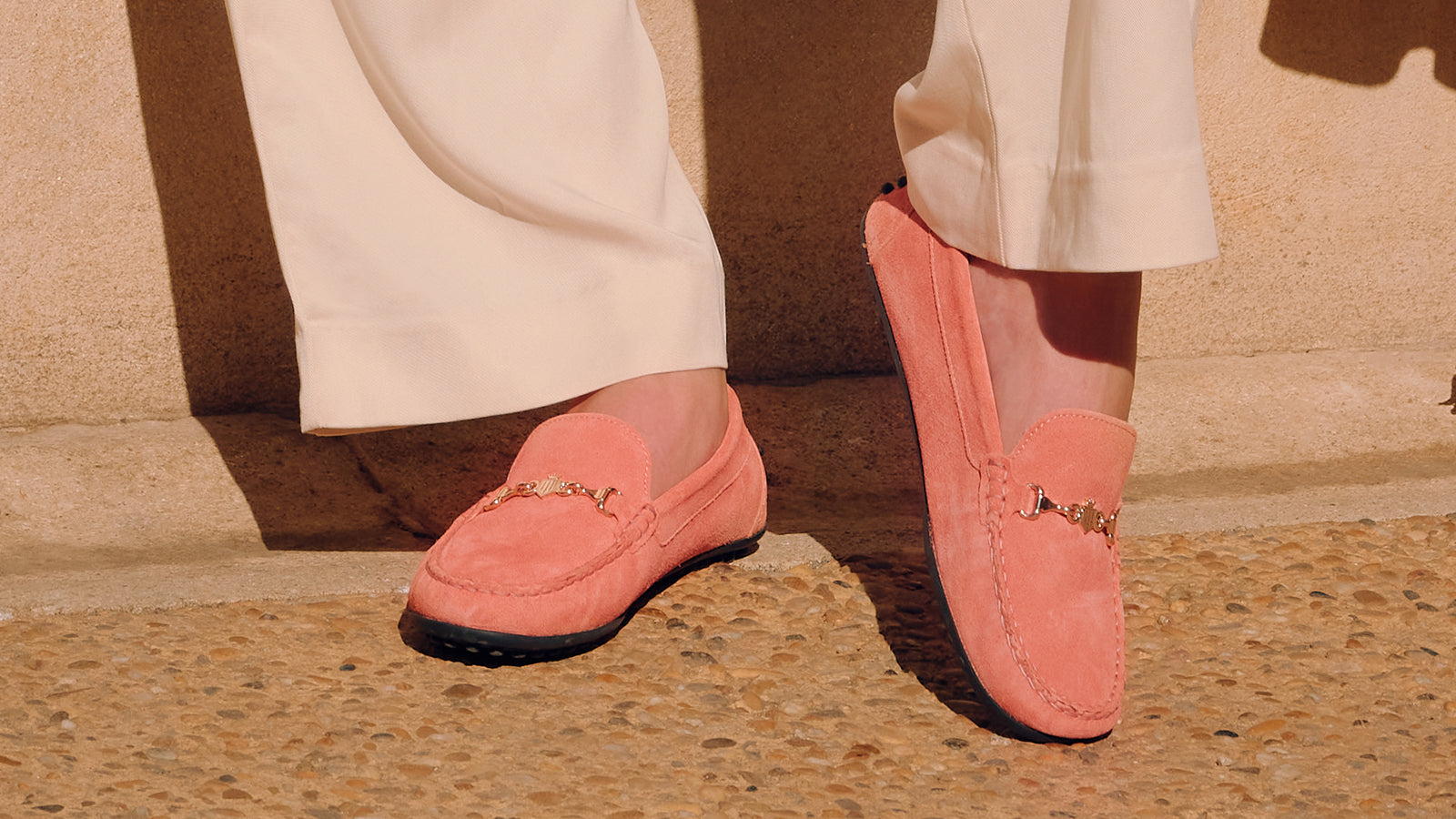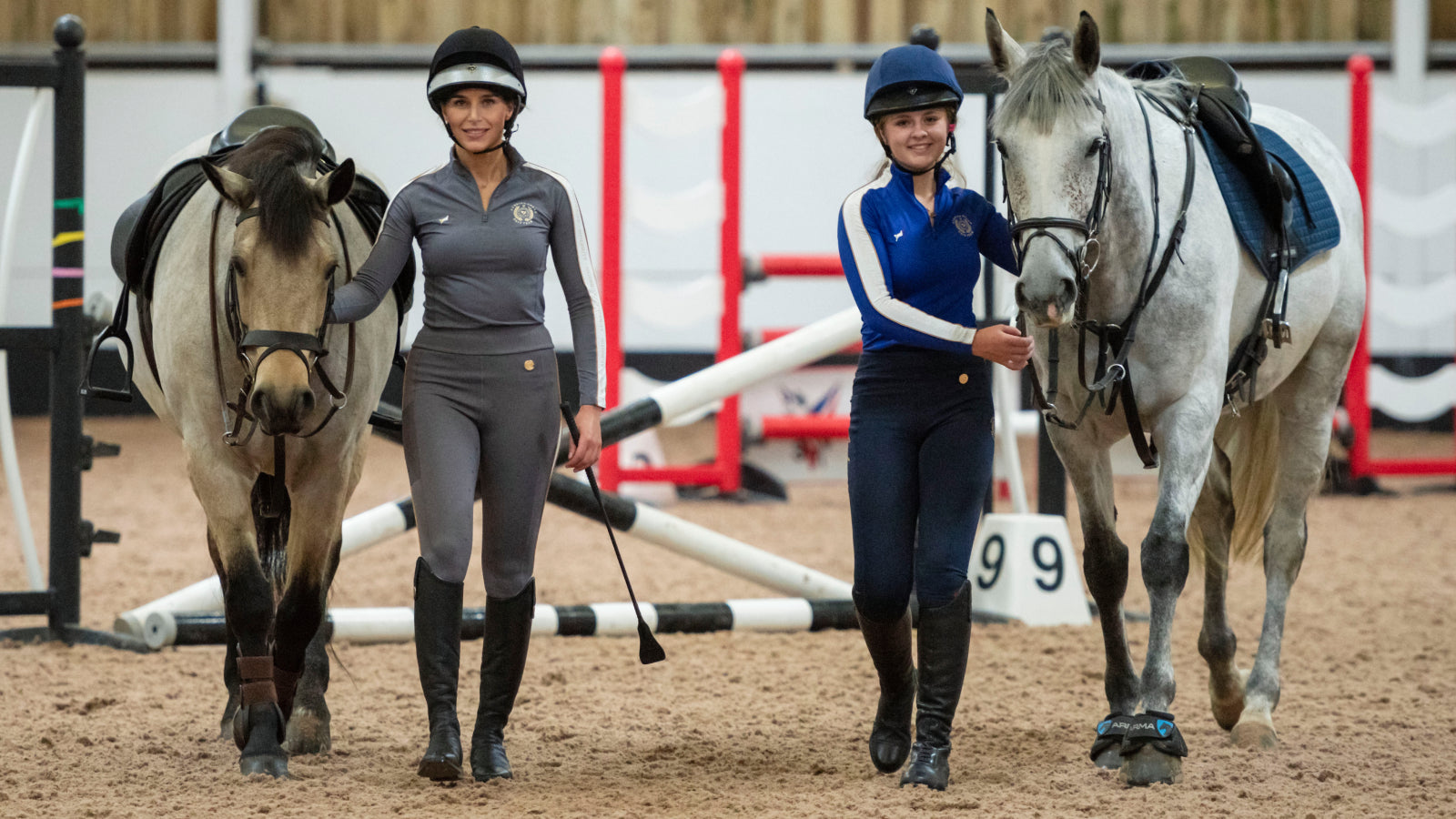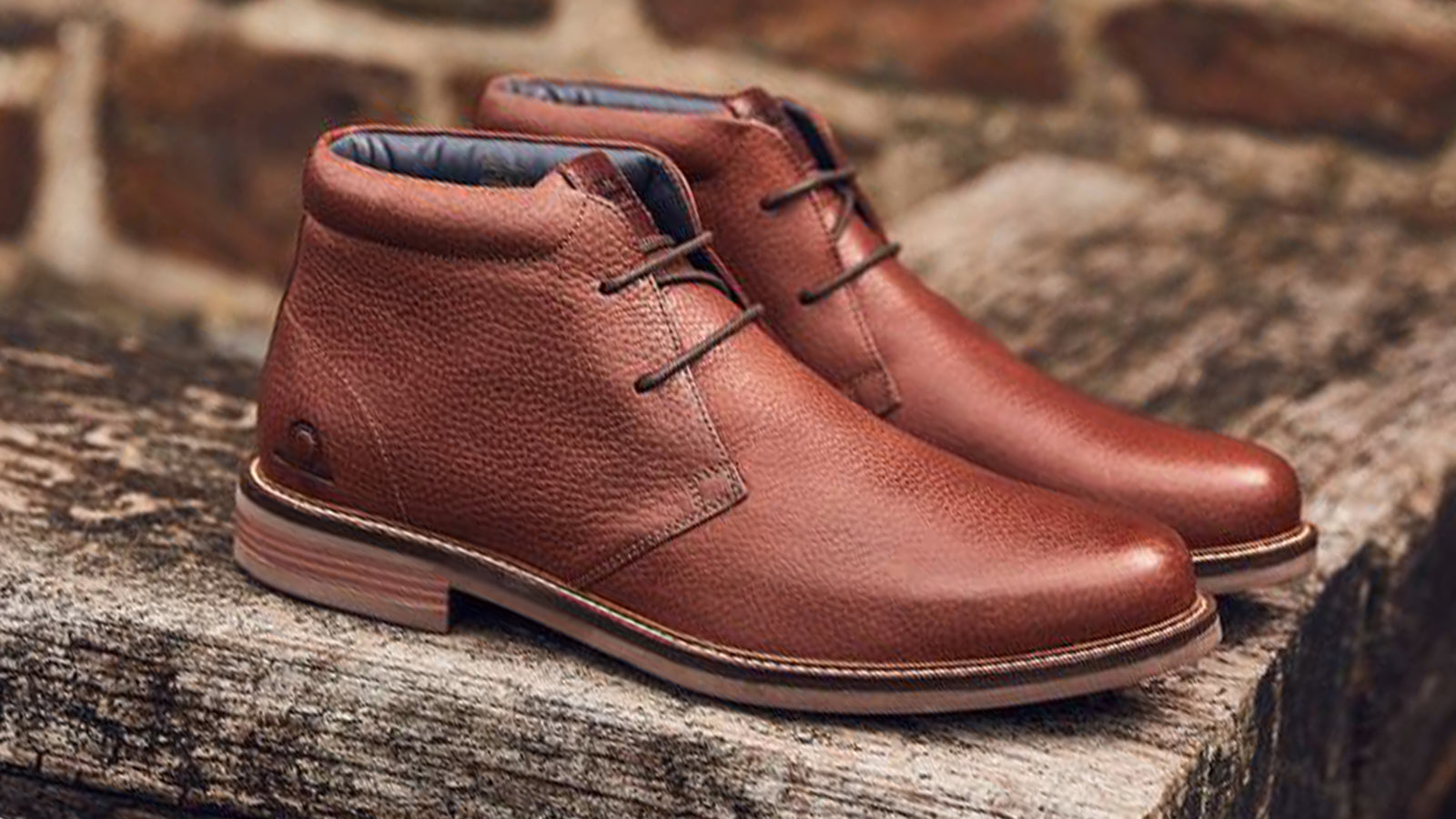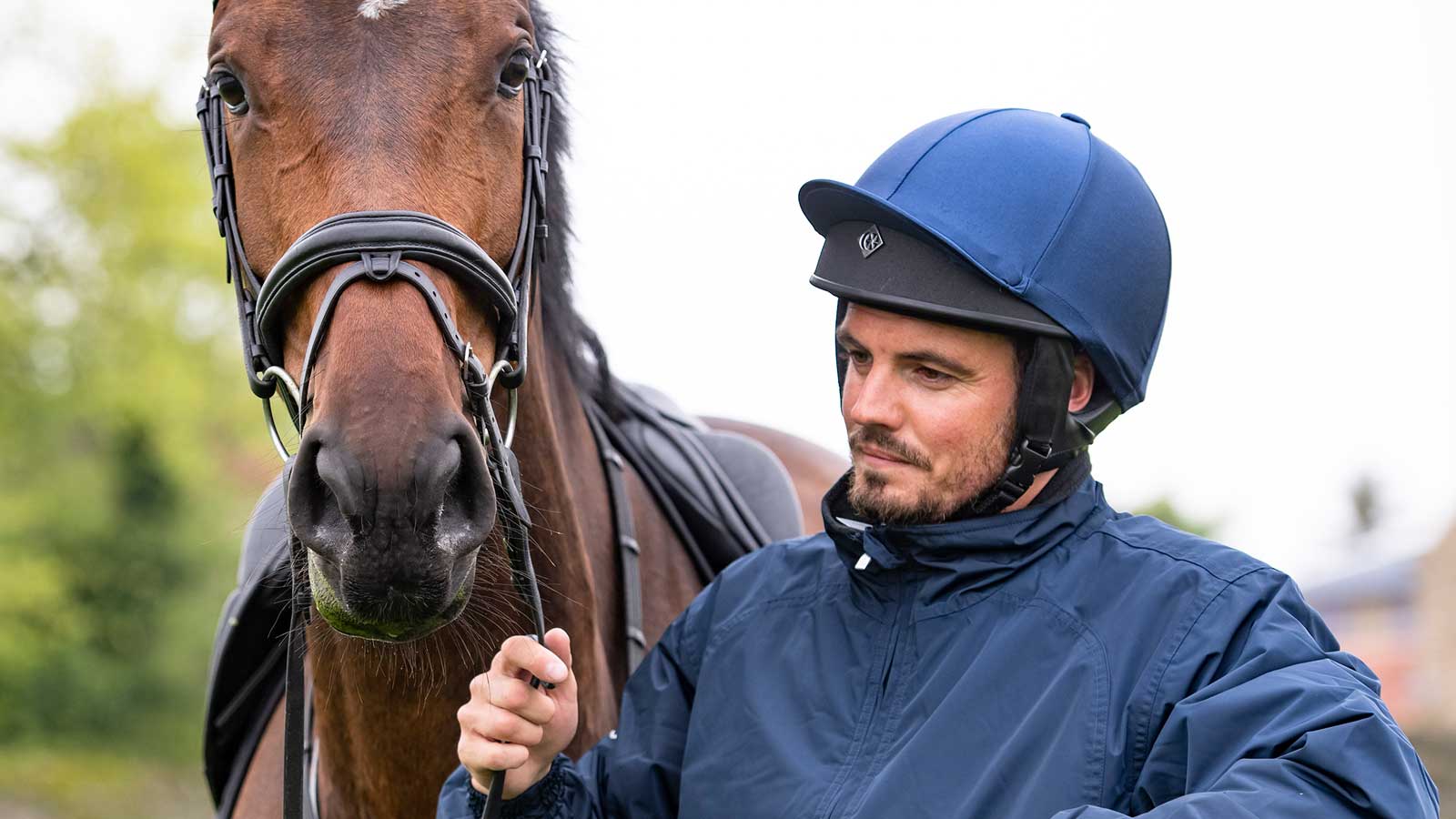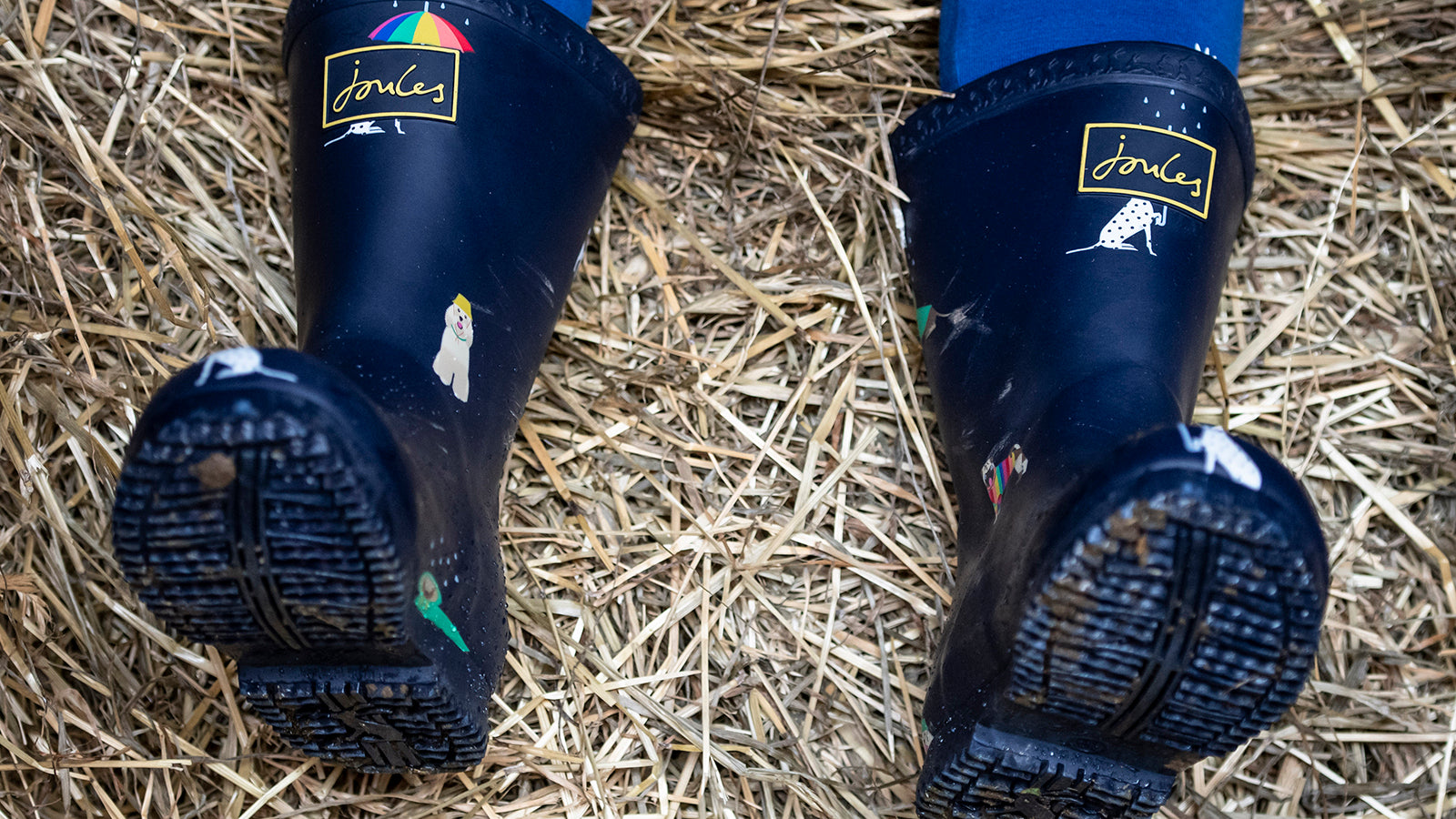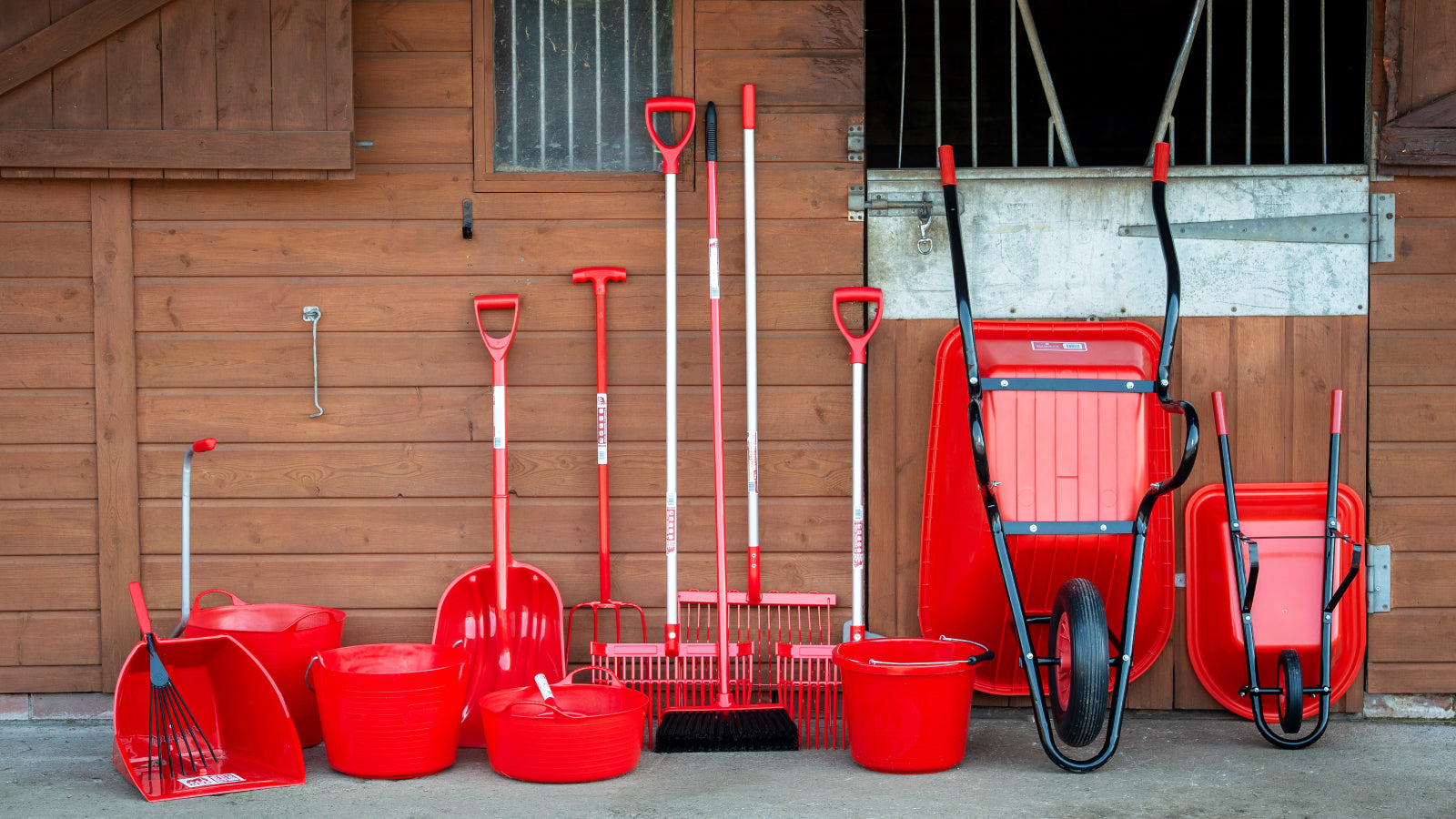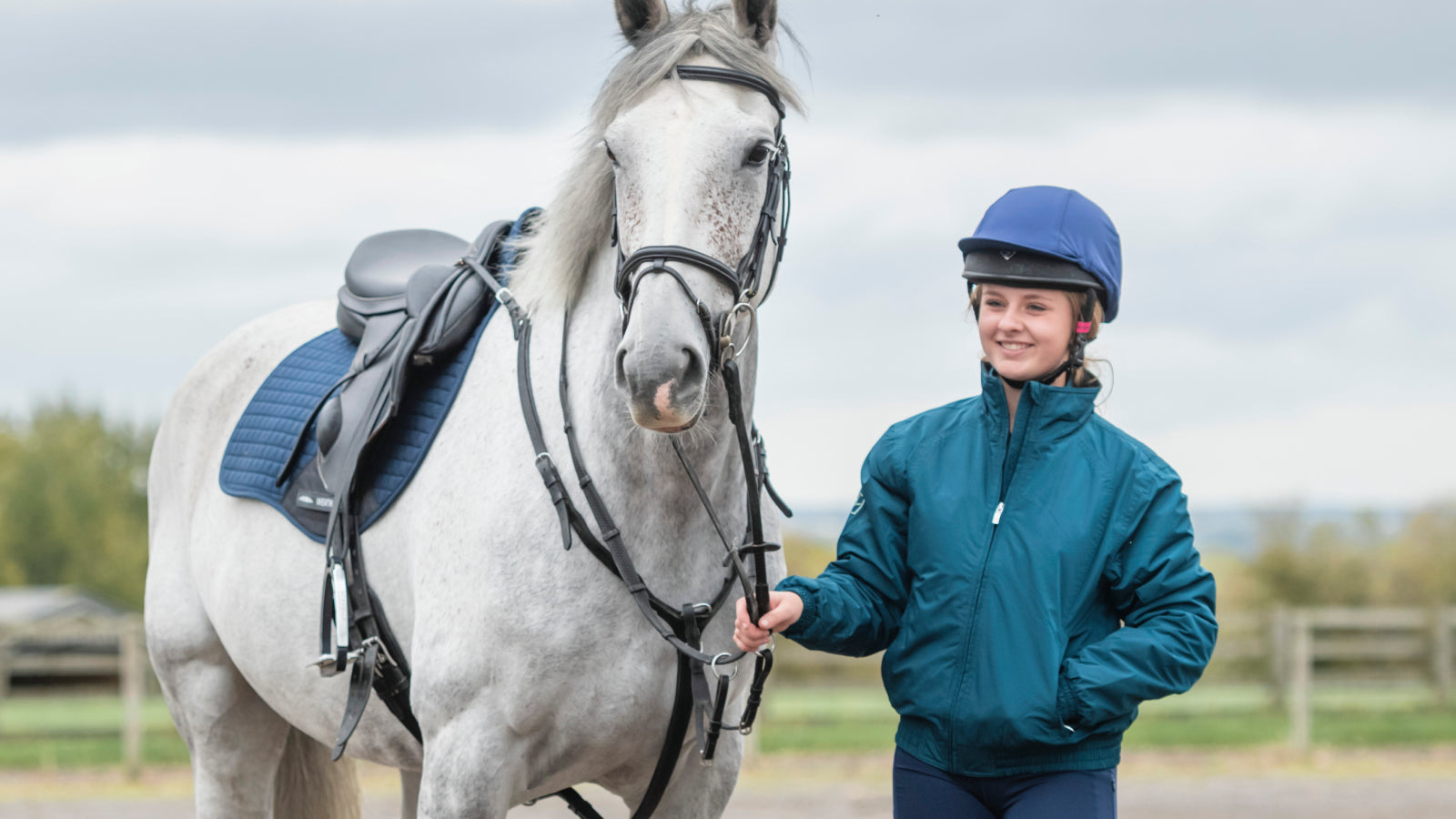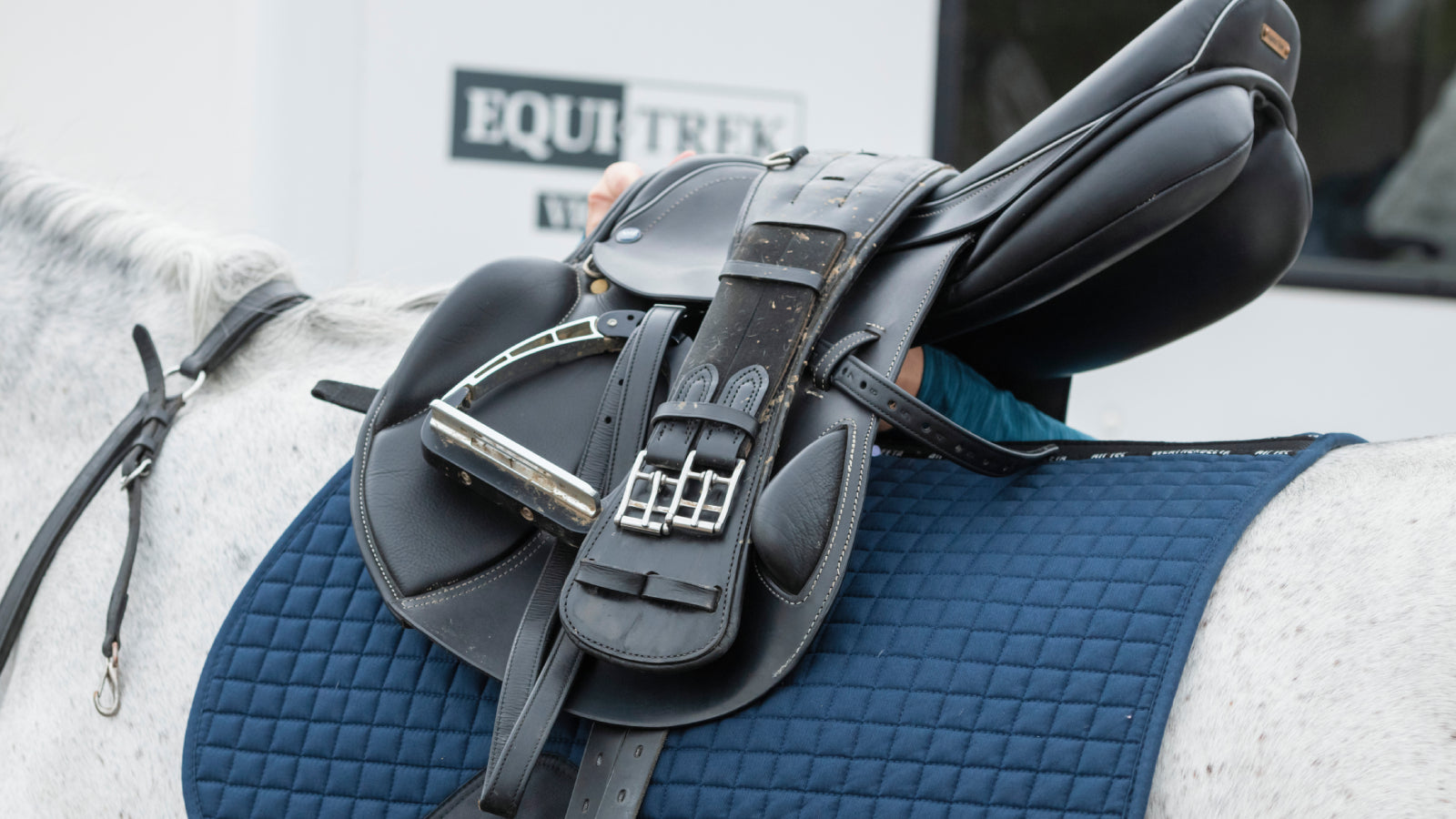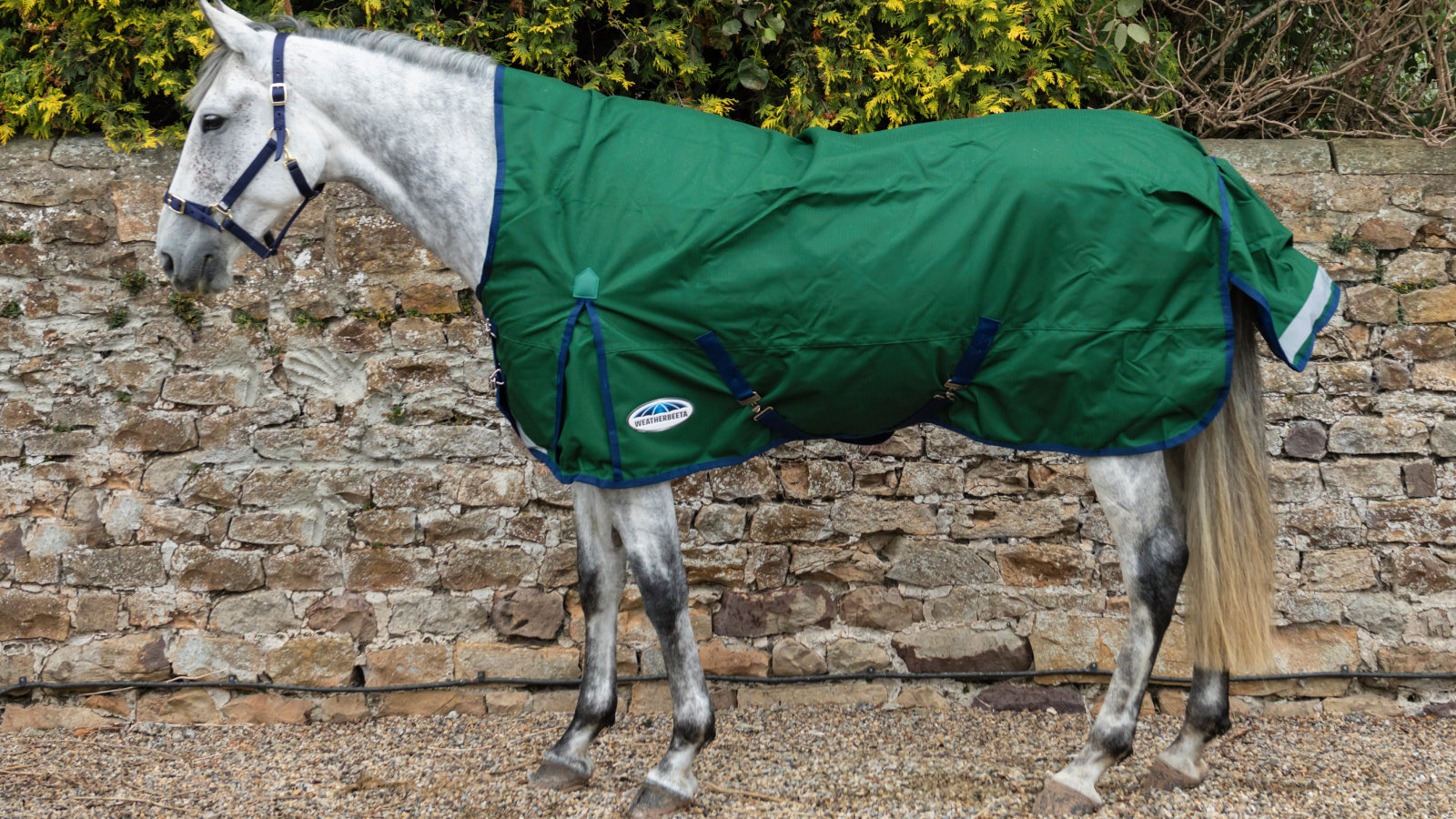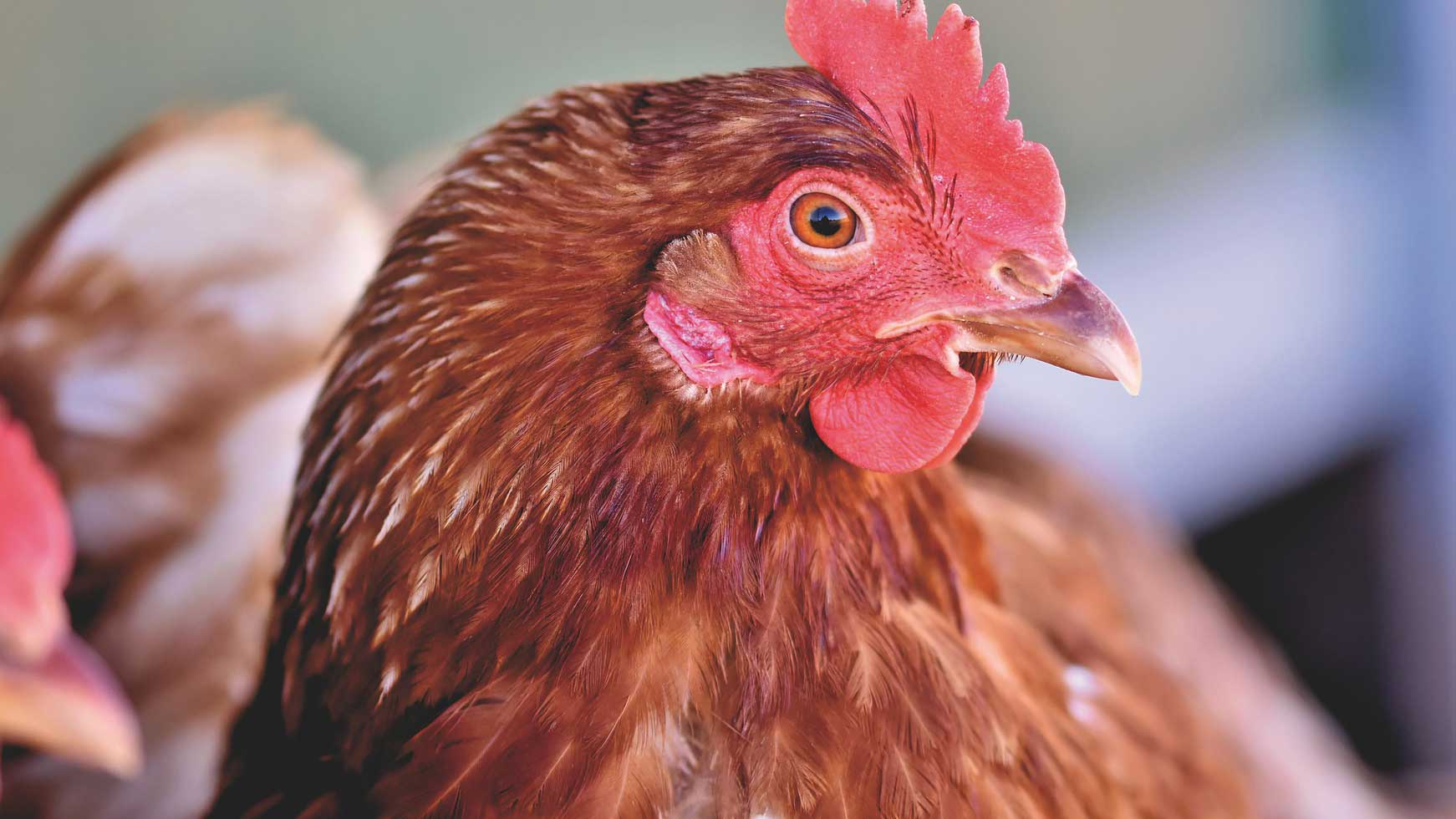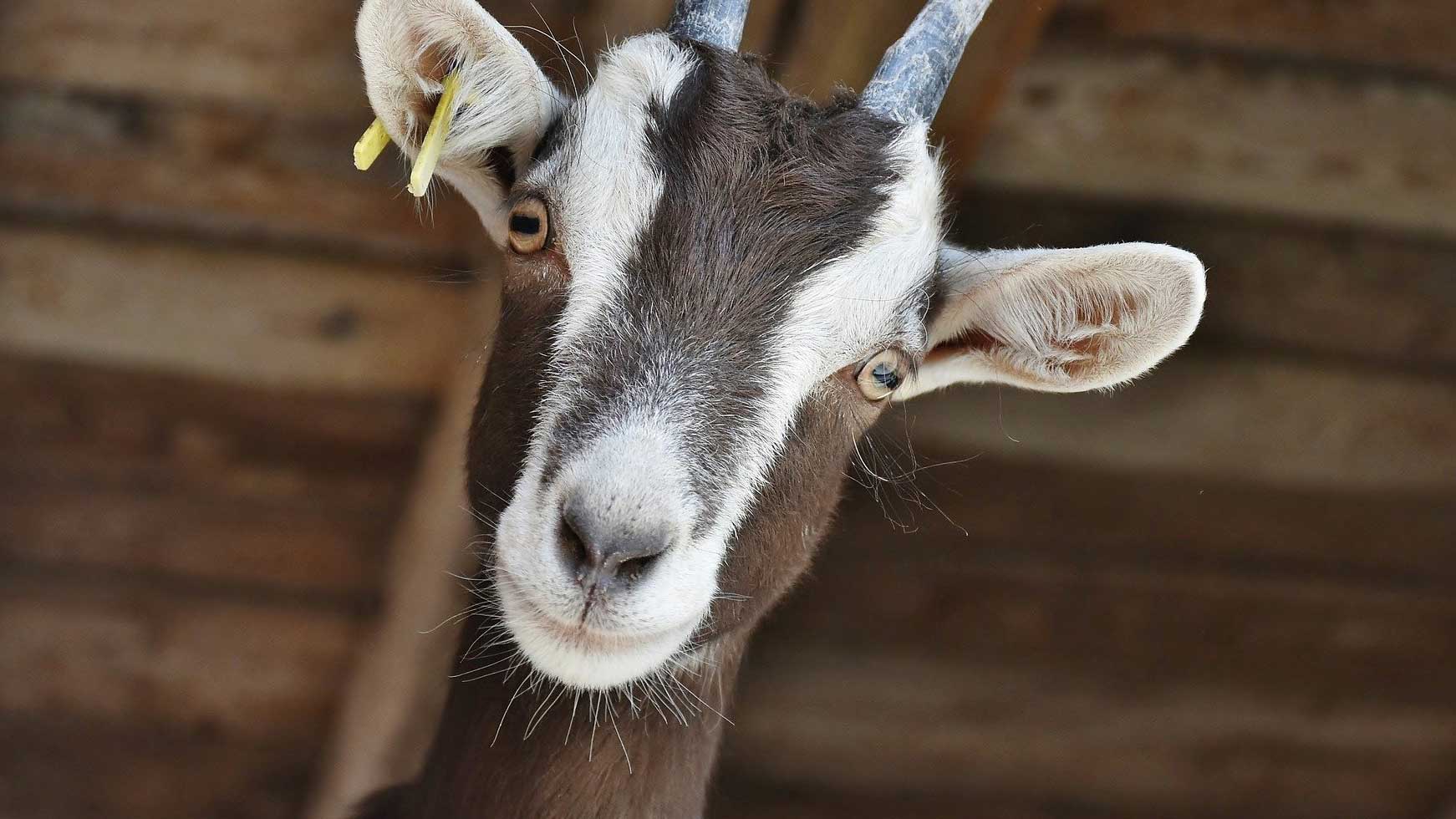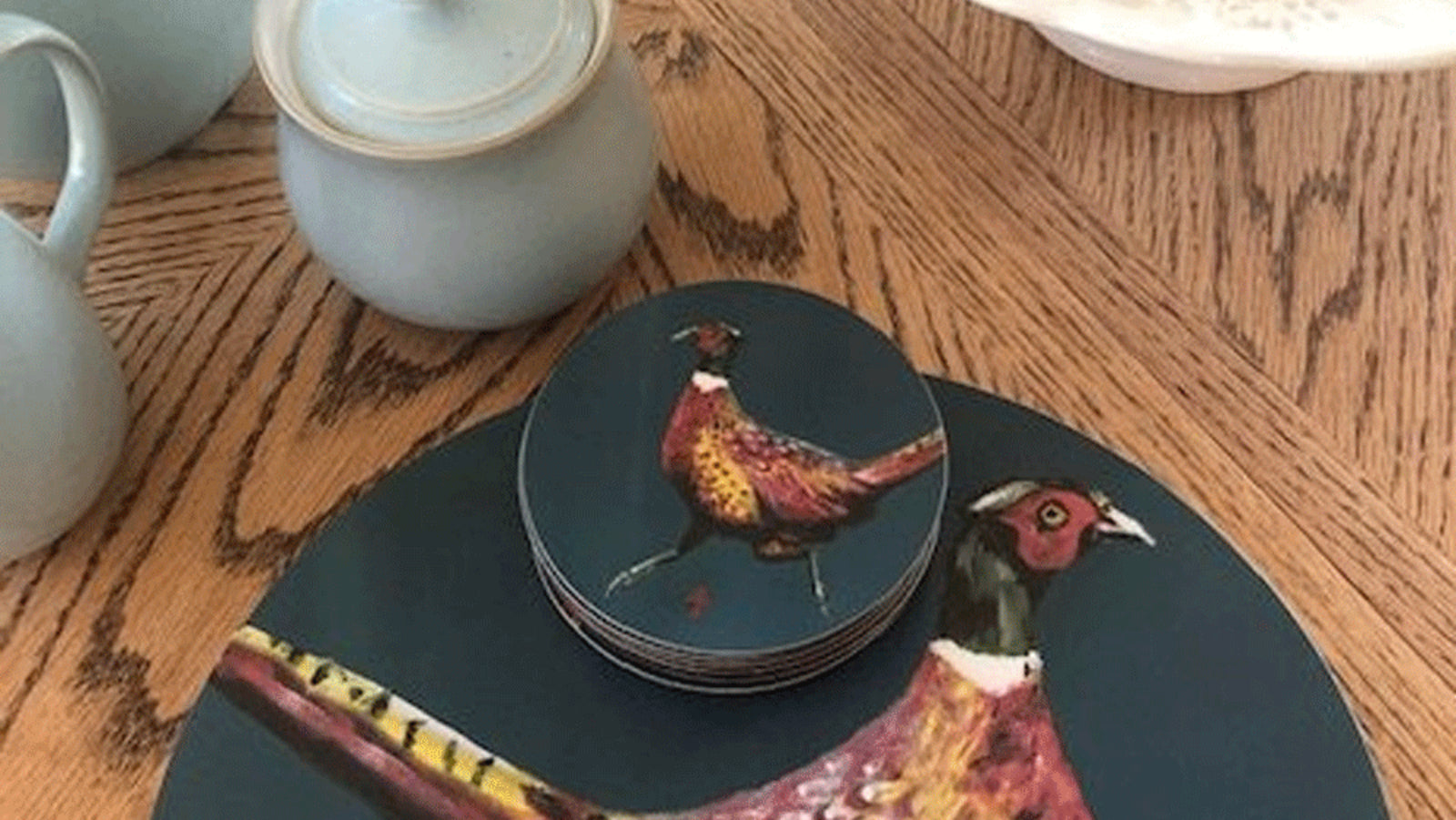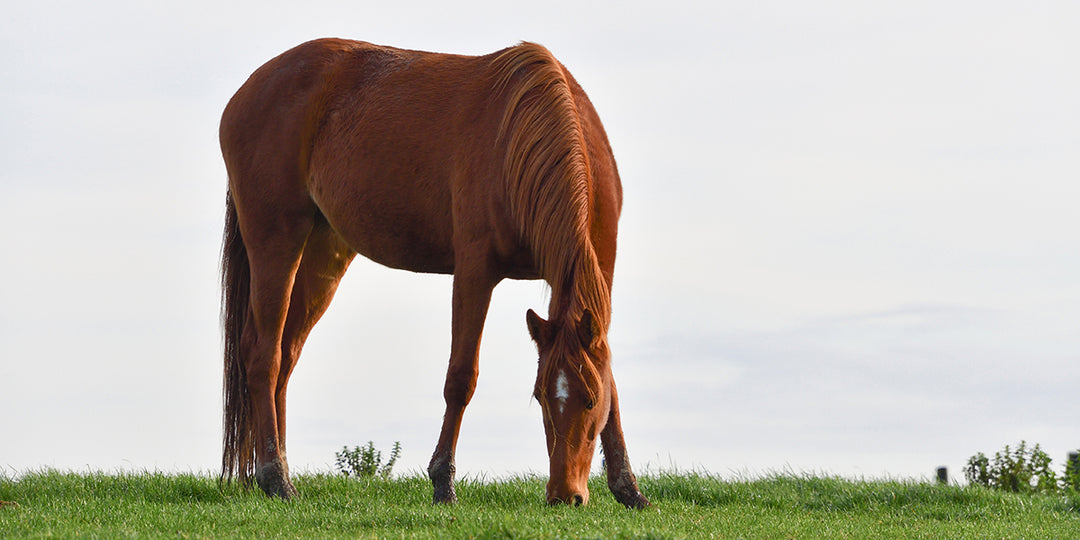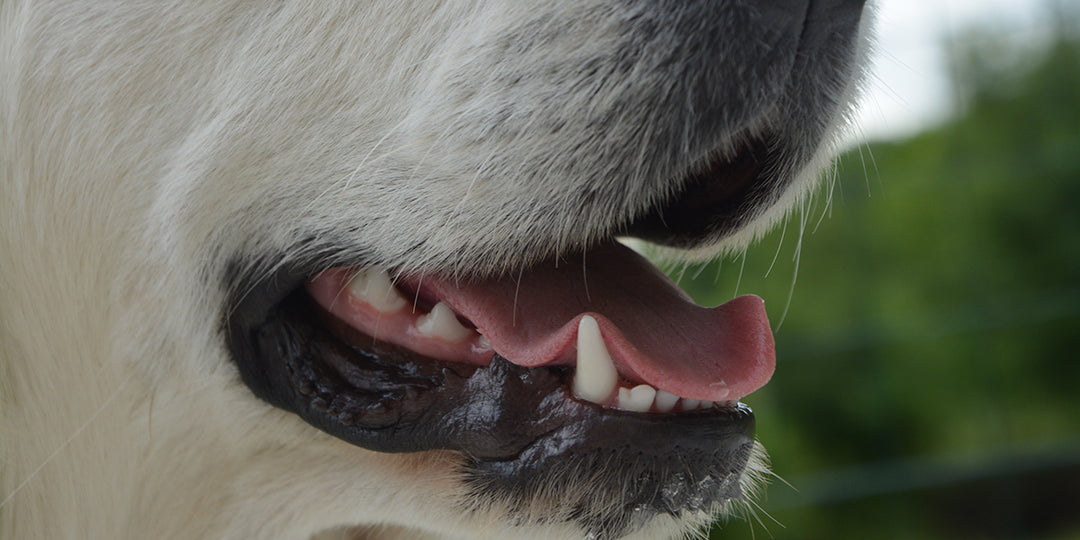How to Body Condition Score Horses & Ponies
Equine body condition scoring is a useful tool for horse owners to use to monitor their horse's weight and condition. Whilst a horse's weight can be gauged using a weigh-bridge or weigh-tape, as there are no reliable methods for calculating the ‘correct’ weight for a particular horse, the actual bodyweight figure given is often of little practical use in assessing the current physical state of an animal (ie. whether the horse over or underweight.)
Because of this, monitoring the horse's overall condition is often a more useful tool for the ongoing management of feeding and exercise regimes. Body condition scoring is a way to assess a horse's overall body fat and muscle condition, which is important for monitoring their health and nutrition needs. The most commonly used body condition scoring systems for horses are a number scale, with the lowest number being emaciated and the highest being obese. The additional benefit of a body condition scoring system is that it does not require any specialist tools or equipment, and can be carried out regularly by the owner in the stable or field.
What is Body Condition Scoring?
Body Condition Scoring Systems provide a useful way to objectively measure the body condition of the horse using a defined set of parameters. Body Condition Scoring systems in horses use a grading system, typically between 0 – 5 or 1 - 9, to measure fat cover across the horse, and specifically looking at the neck, shoulders, ribs and rump to assess the horse’s overall condition. A scoring system of 0-5, based on that devised by Carroll and Huntington in 1988, is commonly used here in the UK, however many nutritionists are now tending towards the American 1-9 score system, based on the system devised by Henneke (1983), as this offers a greater level of detail to be given within the scoring.
Equine Body Condition Chart – The 1-9 Score System

How to Body Condition Score a Horse
The best way to learn to body condition score your horse is to get hands on with your horse. Follow the steps below and refer to the chart above to help identify your horse's body score.
-
Stand to the side of the horse, about halfway between the head and tail.
-
Look at the horse's overall body shape, including the neck, shoulders, ribs, hips, and base of the tail. Note any areas where you can see or feel fat or muscle.
-
Use your hands to feel the horse's ribcage. You should be able to feel the ribs but not easily see them. If the ribs are prominent, the horse is likely underweight. If you can't easily feel the ribs, the horse is likely to be be overweight.
-
Use your hands to feel the horse's neck and shoulders. A horse with a healthy body condition will have a neck which blends smoothly into the body. A crest will be seen, but fat should be deposited fairly evenly from the poll to the withers. The crest should be easily cupped in one hand, and be flexible to move from side to side.
-
Move your hands back to the horse's ribcage and feel the area behind the ribs. This area should have a slight concave shape, not be flat or bulging.
-
Move to the horse's hindquarters and feel the muscles over the croup. They should be well-defined but not overly prominent.
-
Finally, look at the horse's tailhead. A horse with a healthy body condition will have a slight covering of fat over the tailhead and should not be overly prominent. The hip bones should not be prominently visible or protruding.
Once you have completed these steps, you can assign a score to the horse on the 1 to 9 scale based on their overall body fat and muscle condition, as shown in the chart above. It's important to body condition score horses regularly to monitor changes and adjust their nutrition and exercise as needed to maintain a healthy weight.
Key Areas For Condition Score in Horses

Primarily, body condition in horses is related to feed in-take, but also other factors such as fitness, age, pregnancy and general health will be influential in their body condition score. Therefore the optimum condition score for a particular horse will vary, however as a guide, a body condition score of less than 4 indicates that the horse’s minimum calorie requirements are not being met, whereas a score greater than 6 would suggest that the horse’s diet is supplying more calories than required.
If your horse requires an increased calorie intake, and any medical reasons for weight loss have been ruled out, a conditioning feed may be beneficial. Conditioning feeds are specifically formulated to promote weight gain and consequently have a higher digestible energy value than other standard hard feeds. Conversely, if your horse requires a lower calorie intake, switching their feed to a feed designed for good-doers will ensure your horse gets the essential nutrients he needs, without the additional calories. It is vital the horse still gets adequate forage, even if you are restricting his diet. For horses on rich pasture, a grazing muzzle is a convenient way of limiting grass intake, whilst still allowing trickle feeding.
By continually monitoring your horses condition, you can make small, gradual changes to his management routine to ensure long term health and fitness.
